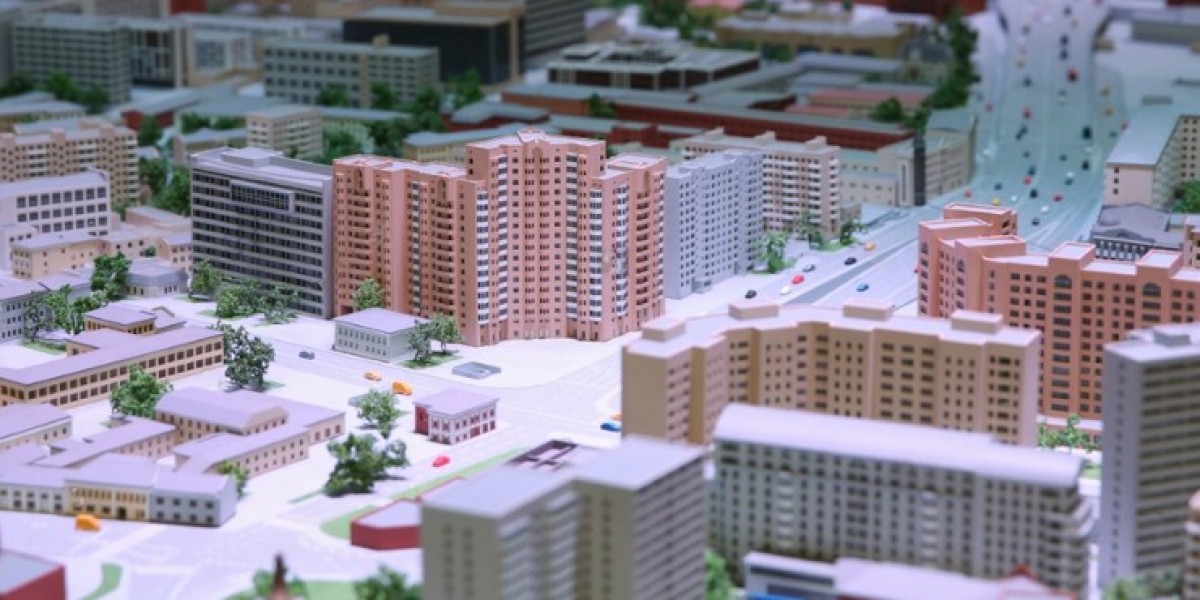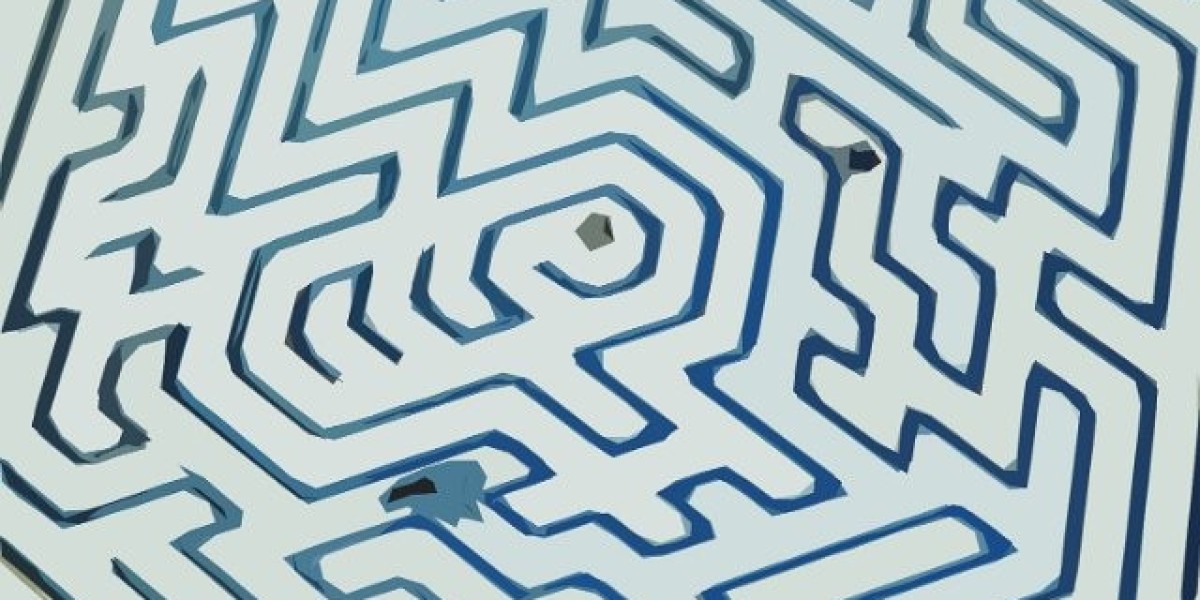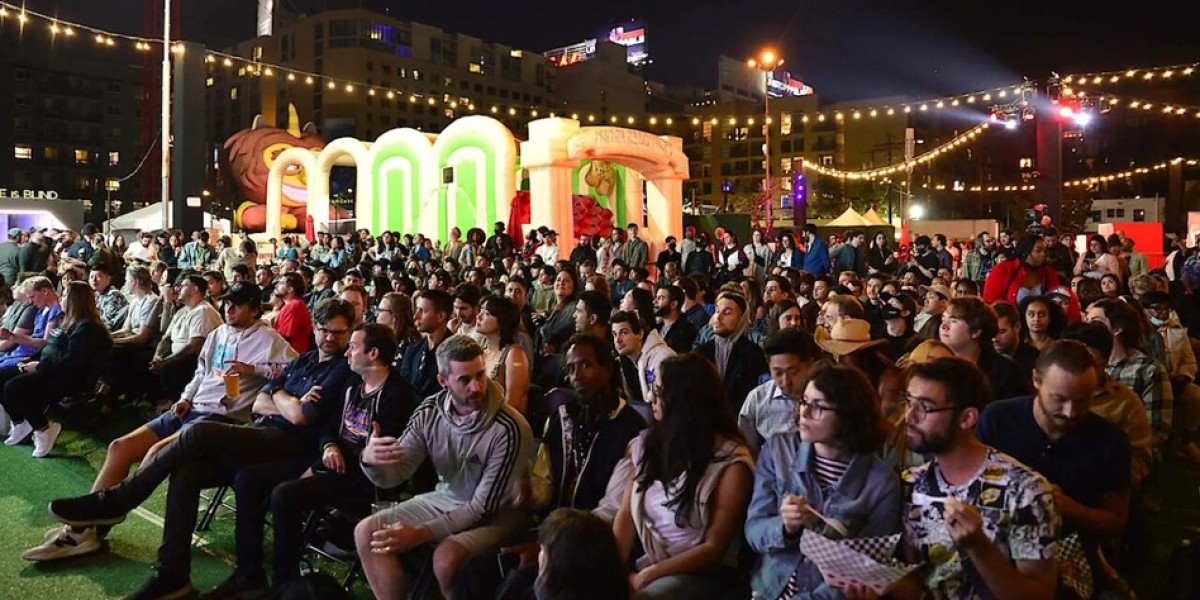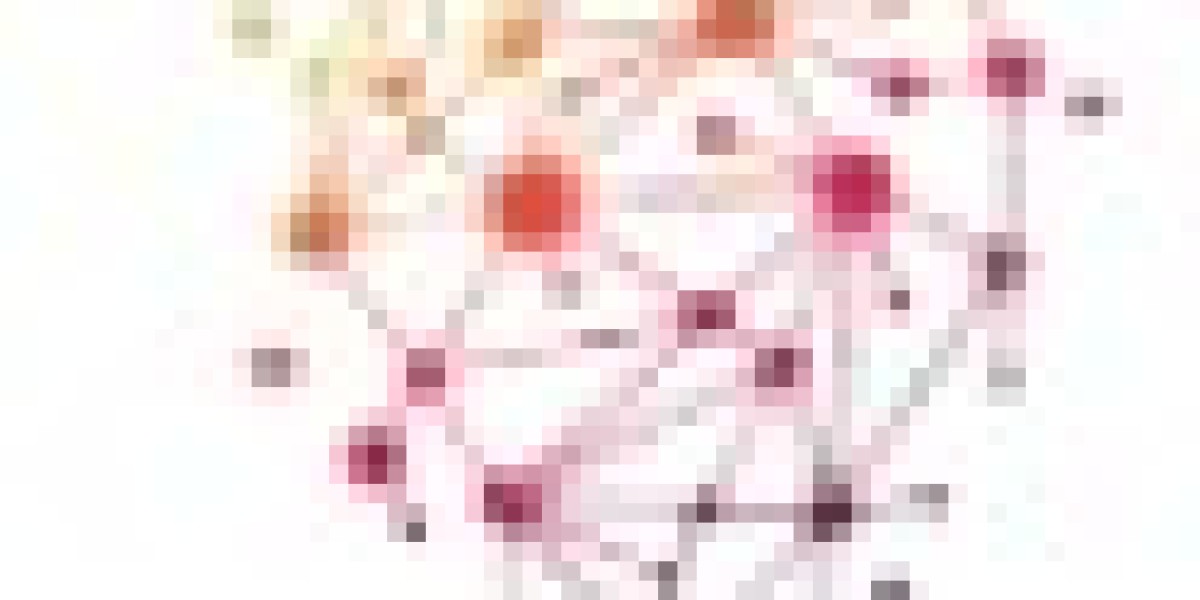Dubai is known for pushing the limits of architectural innovation. Its skyline is filled with futuristic buildings featuring intricate facades and advanced design technologies. To bring these designs to life, architects and designers are increasingly turning to digital twins.
This modern technology bridges the gap between digital design and physical reality, helping to create more accurate and interactive facade models. In Dubai’s growing model making industry, digital twins have become a valuable tool for enhancing visualization, precision, and collaboration.
Understanding Digital Twins in Architecture
A digital twin is a virtual replica of a physical object or system. In architecture, it represents a building or structure with detailed data on materials, geometry, and performance. Unlike traditional 3D models, digital twins are dynamic.
They can be updated with real-time information from sensors or simulation data. In the context of facade visualization, digital twins allow designers to test lighting behavior, material reflections, and energy performance before physical construction or model fabrication begins.
Role of Digital Twins in Dubai’s Design Workflow
Dubai’s architecture often combines bold aesthetics with environmental efficiency. Digital twins support this vision by providing a platform where architects can study how facades react to Dubai’s climate. They simulate how sunlight, heat, and reflection affect a building’s surface.
This information helps refine materials and shading systems for optimal performance. For model making Dubai studios, digital twins provide a clear digital foundation that ensures every physical component matches the intended design with high accuracy.
Enhancing Visualization and Realism
The primary benefit of digital twins in facade design is enhanced visualization. Traditional 3D models display only geometry, while digital twins integrate data on material texture, color, and reflectivity. This creates lifelike visualizations of the facade.
In Dubai’s competitive architectural market, such visual clarity is essential during design presentations and client approvals. When transferred into model making, these high-fidelity visuals guide fabrication, ensuring that miniature models reflect the same level of realism as their full-scale counterparts.
Linking Digital Data to Physical Models
Model making depends on precision, and digital twins provide the data needed to achieve it. Every detail of the facade—from panel size to joint spacing—is stored in the twin. This information can be exported directly into fabrication software for 3D printing, laser cutting, or CNC milling. By linking digital data to physical production, Dubai model makers eliminate manual measurement errors. The result is a seamless workflow where digital accuracy transforms into tangible perfection.
Testing Light and Shadow Interaction
One of the most impressive uses of digital twins is the ability to simulate natural light and shadow patterns. In facade visualization, this helps predict how sunlight moves across the building throughout the day. For Dubai, a city with strong desert sunlight, this is especially important. Designers can adjust materials or shading systems based on simulation results. When the physical model is later displayed with LED lighting, it accurately mirrors the behavior seen in the digital twin. This synchronization makes the model more realistic and informative.
Supporting Smart and Adaptive Facades
Many new buildings in Dubai feature smart facades that adapt to weather or light conditions. Digital twins play a key role in visualizing and testing these dynamic systems. The virtual model can simulate movement, temperature response, or energy consumption in real time.
This data helps architects and engineers understand how each component performs before construction. In model making, these insights allow the inclusion of functional features such as movable panels or rotating fins that mimic real-life facade behavior.
Integration with BIM and Parametric Design
Dubai’s design ecosystem heavily relies on Building Information Modeling (BIM) and parametric tools. Digital twins enhance these systems by combining geometric precision with performance analytics. They allow architects to modify parameters and instantly see visual changes in facade design. For model making studios, this means faster adaptation to revisions. The twin’s data can automatically update cutting files or printing paths, ensuring the physical model always aligns with the latest architectural updates. This integration increases efficiency and reduces material waste.
Real-Time Monitoring and Data Feedback
Although digital twins are mostly used during the design phase, they can also continue providing value after construction. Sensors installed on the actual building can send performance data back to the digital twin. This real-world feedback helps architects analyze how materials and designs behave over time.
In Dubai, where sustainability is a priority, this data can influence future projects. For model making professionals, these insights contribute to more accurate and informed physical representations of future facades.
Improving Collaboration and Communication
Architectural projects in Dubai often involve multiple stakeholders, from designers and engineers to developers and clients. Digital twins make collaboration smoother by providing a shared, interactive platform. Everyone can explore the same digital model, make annotations, and review visual outcomes. When paired with model making, this coordination ensures that the physical model represents the collective vision of the project team. It reduces misunderstandings and helps finalize design decisions faster.
Virtual Reality and Interactive Display
One of the most exciting aspects of digital twins is their compatibility with virtual and augmented reality. In Dubai’s architectural exhibitions, digital twins are often displayed alongside physical facade models. Visitors can view the real model while simultaneously exploring its digital twin in VR.
This combination offers an immersive experience where the digital environment enhances the physical presentation. For model making studios, this interactive display elevates the value of their work by merging technology with craftsmanship.
Streamlining Quality Control
Before fabrication, digital twins help detect design errors or inconsistencies in the facade model. Any misalignment, pattern distortion, or color mismatch can be corrected digitally before materials are cut or printed. During the final stages of model making, the physical output is compared to the digital twin to ensure full accuracy. This digital-to-physical validation guarantees that Dubai’s architectural models meet the highest standards of precision and quality.
The Future of Digital Twins in Dubai Model Making
As Dubai continues to embrace smart city technologies, digital twins will become even more integrated into model making processes. Advances in AI, real-time rendering, and data visualization will allow digital twins to simulate environmental and social impacts with greater depth.
In the near future, model makers may use live digital twins that respond dynamically during presentations, showing how facades behave under different weather or lighting conditions. This evolution will further strengthen Dubai’s position as a global leader in digital architecture.
Conclusion
Digital twins have transformed the way facades are visualized and built. They allow Dubai’s architects and model makers to create designs that are accurate, interactive, and responsive to real-world data. By linking digital intelligence with physical craftsmanship, digital twins bring a new level of precision and creativity to model making.
Through realistic simulations, performance testing, and data-driven design, Dubai continues to redefine how architectural visualization is experienced. Digital twins are not just a design tool—they are the future of facade modeling in one of the world’s most innovative cities.







